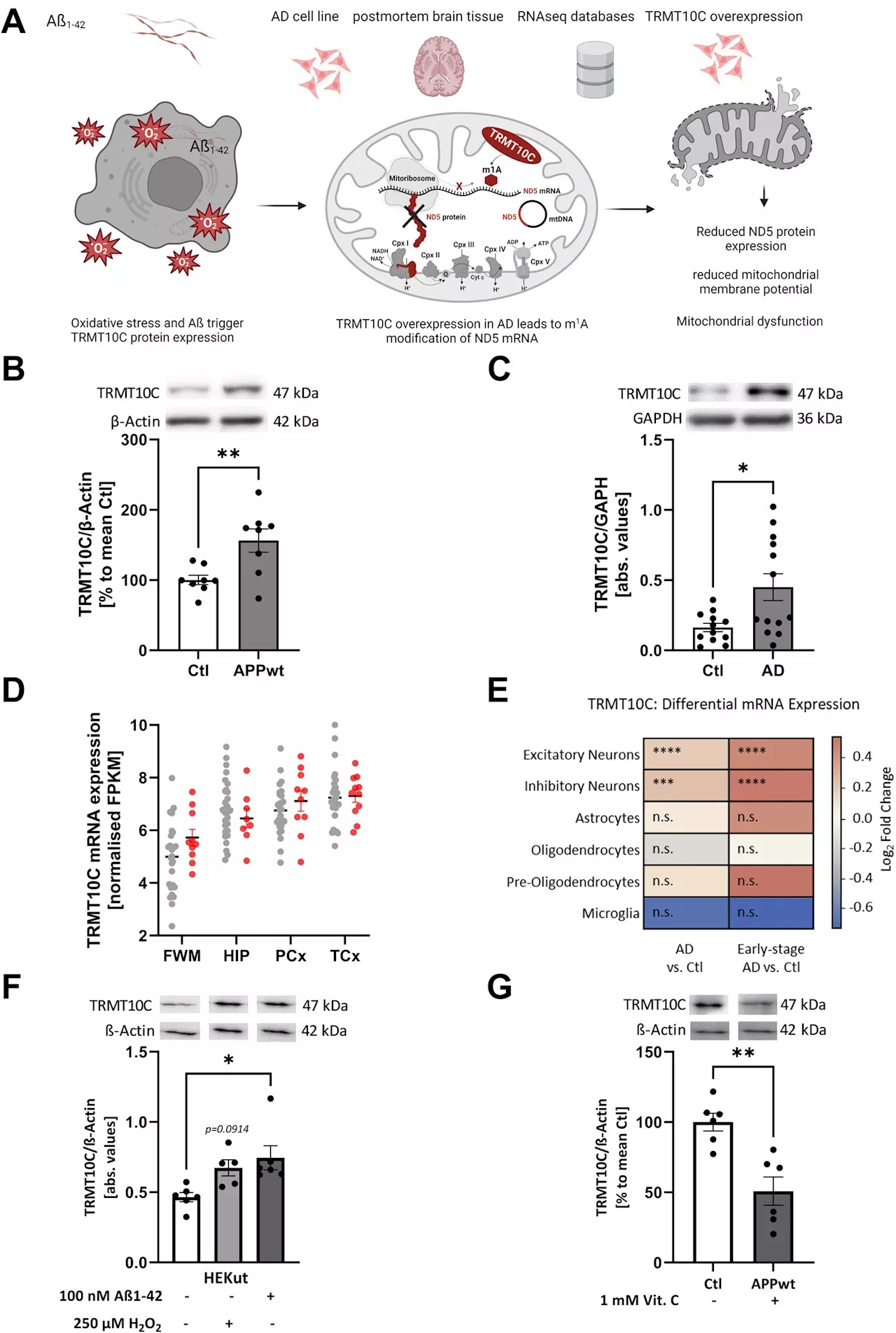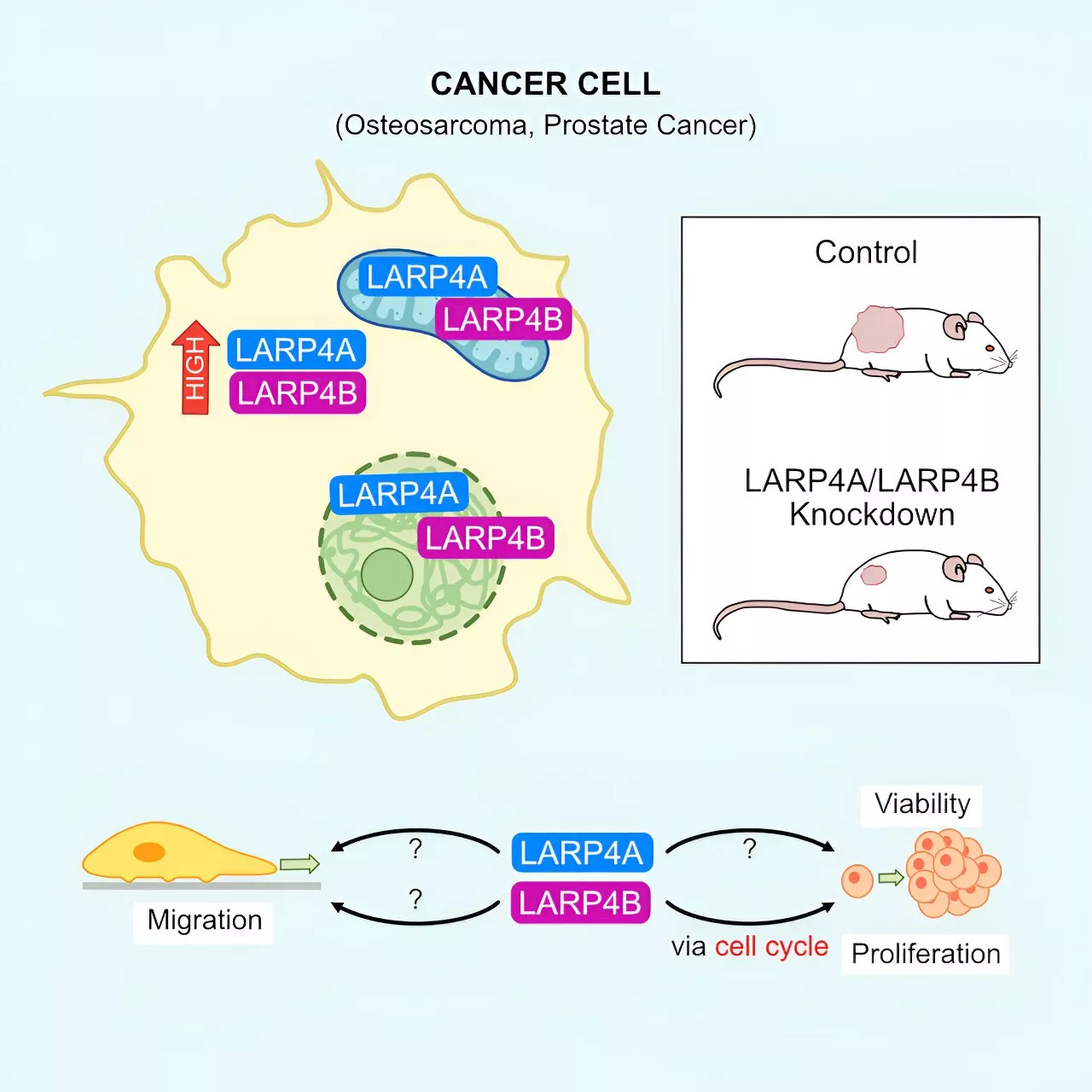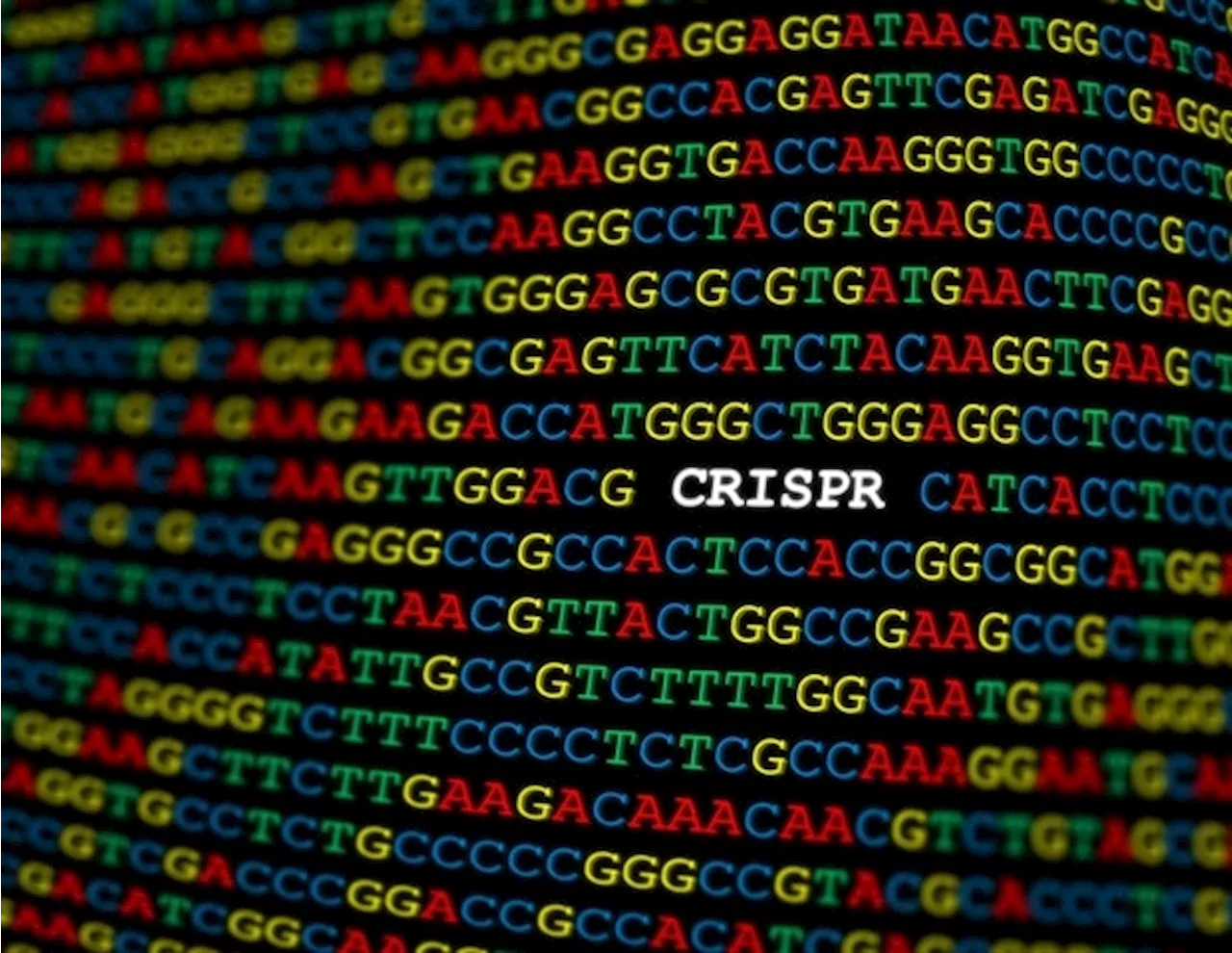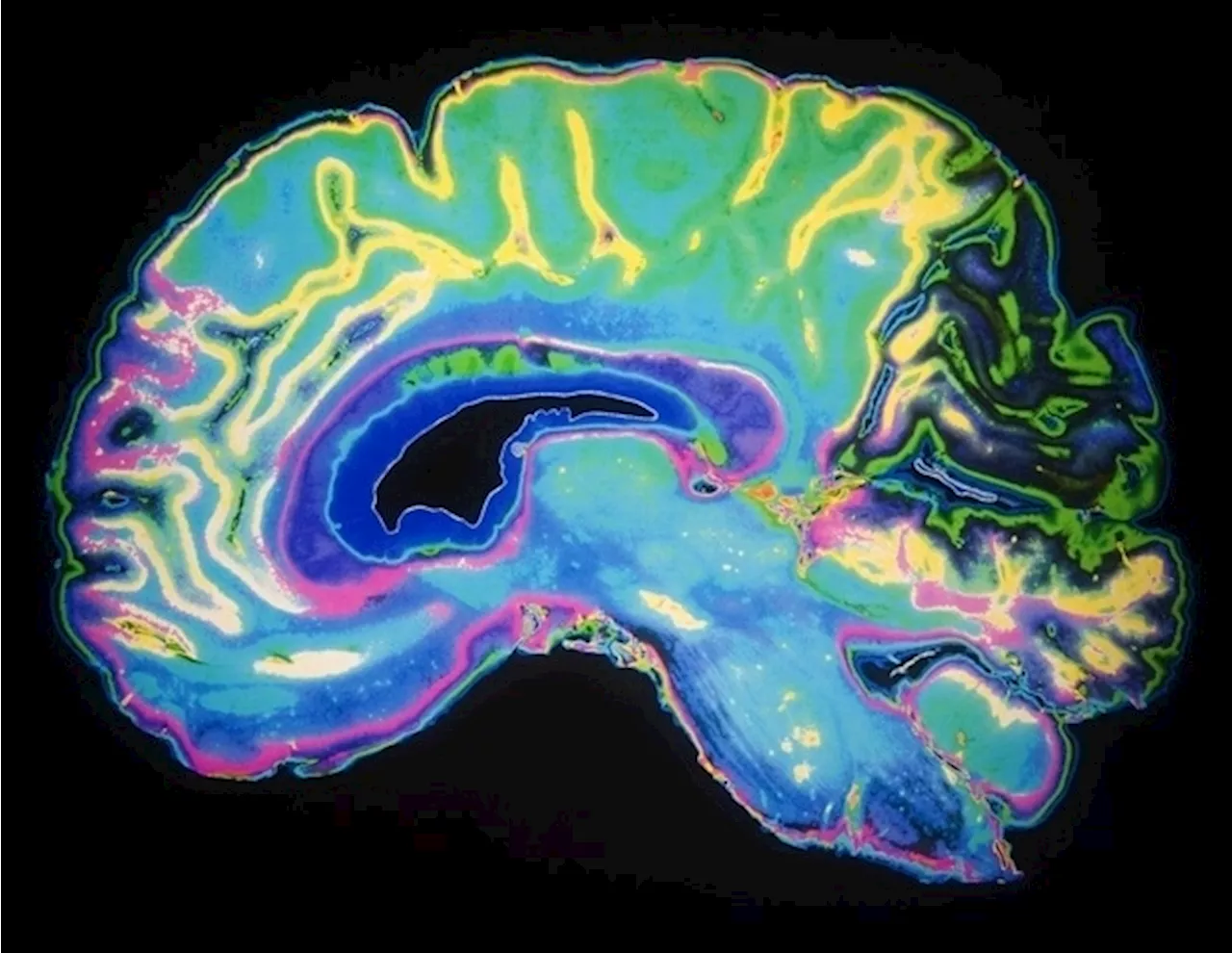Nonsense-mediated RNA decay, or NMD, is an evolutionarily conserved molecular mechanism in which potentially defective messenger RNAs, or mRNAs (genetic material that instructs the body on how to make proteins), are degraded.
May 1 2024University of California - Riverside Nonsense-mediated RNA decay, or NMD, is an evolutionarily conserved molecular mechanism in which potentially defective messenger RNA s, or m RNA s , are degraded. Disruption of the NMD pathway can lead to neurological disorders, immune diseases, cancers, and other pathologies. Mutations in human NMD regulators are seen in neurodevelopmental disorders, including autism and intellectual disability.
The team's finding suggests that maintaining the neuronal NMD function is essential for early brain development to prevent microcephaly. According to Zheng, modulating NMD targets can be a potential treatment for microcephaly and other related neurodevelopmental diseases. The research was supported by grants from the National Institutes of Health and the California Institute of Regenerative Medicine. The title of the research paper is "Epistatic Interactions between NMD and TRP53 Control Progenitor Cell Maintenance and Brain Size." Zheng was joined in the study by Liang Chen of the University of Southern California, Chun-Wei Chen of the City of Hope, Gene Yeo of UC San Diego, and members of their labs.
Q: How did you identify the molecular cellular mechanism underlying NMD regulation of brain size and its dysregulation causing microcephaly?
Research Autism Baby Cell Disability Gene Genes Genetic Medicine Microcephaly Neuron RNA Tumor
Ireland Latest News, Ireland Headlines
Similar News:You can also read news stories similar to this one that we have collected from other news sources.
 Study finds RNA modification is responsible for disruption of mitochondrial protein synthesis in Alzheimer's diseaseA team of researchers at Johannes Gutenberg University Mainz (JGU) has identified a mechanism that causes mitochondrial dysfunction in Alzheimer's patients resulting in a reduction of the supply of energy to the brain.
Study finds RNA modification is responsible for disruption of mitochondrial protein synthesis in Alzheimer's diseaseA team of researchers at Johannes Gutenberg University Mainz (JGU) has identified a mechanism that causes mitochondrial dysfunction in Alzheimer's patients resulting in a reduction of the supply of energy to the brain.
Read more »
 Study confirms how RNA chemical modifications benefit HIV-1A recent study has confirmed the positive effects of RNA chemical modifications on HIV-1. The research highlights the potential of these modifications in developing new treatments for the virus.
Study confirms how RNA chemical modifications benefit HIV-1A recent study has confirmed the positive effects of RNA chemical modifications on HIV-1. The research highlights the potential of these modifications in developing new treatments for the virus.
Read more »
 Researcher discusses mechanism behind a birth defect affecting brain sizeNonsense-mediated RNA decay, or NMD, is an evolutionarily conserved molecular mechanism in which potentially defective messenger RNAs, or mRNAs (genetic material that instructs the body on how to make proteins), are degraded. Disruption of the NMD pathway can lead to neurological disorders, immune diseases, cancers, and other pathologies.
Researcher discusses mechanism behind a birth defect affecting brain sizeNonsense-mediated RNA decay, or NMD, is an evolutionarily conserved molecular mechanism in which potentially defective messenger RNAs, or mRNAs (genetic material that instructs the body on how to make proteins), are degraded. Disruption of the NMD pathway can lead to neurological disorders, immune diseases, cancers, and other pathologies.
Read more »
 RNA editing using CRISPRs shows promise for genetic disease treatmentA team at Montana State University published research this week that shows how RNA, the close chemical cousin to DNA, can be edited using CRISPRs.
RNA editing using CRISPRs shows promise for genetic disease treatmentA team at Montana State University published research this week that shows how RNA, the close chemical cousin to DNA, can be edited using CRISPRs.
Read more »
 New potential avenues for cancer therapies through RNA-binding proteinsA new paper describes the role of two RNA-binding proteins in the development of sarcoma and carcinoma cancers, highlighting the important and emerging role of RNA-binding proteins in cancer research and offering a new avenue for therapeutic targets.
New potential avenues for cancer therapies through RNA-binding proteinsA new paper describes the role of two RNA-binding proteins in the development of sarcoma and carcinoma cancers, highlighting the important and emerging role of RNA-binding proteins in cancer research and offering a new avenue for therapeutic targets.
Read more »
 Cas13d-NCS: A game-changer in RNA virus defenseThe rise of RNA viruses like SARS-CoV-2 highlights the need for new ways to fight them. RNA-targeting tools like CRISPR/Cas13 are powerful but inefficient in the cytoplasm of cells, where many RNA viruses replicate.
Cas13d-NCS: A game-changer in RNA virus defenseThe rise of RNA viruses like SARS-CoV-2 highlights the need for new ways to fight them. RNA-targeting tools like CRISPR/Cas13 are powerful but inefficient in the cytoplasm of cells, where many RNA viruses replicate.
Read more »
